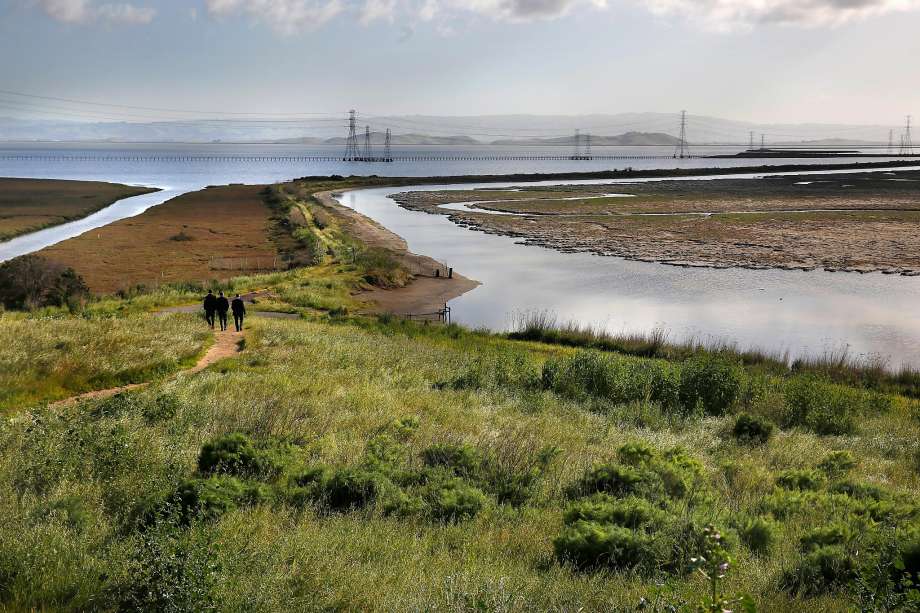Subtle Beauty
I’m a native of San Francisco, and I lived in various spots on the Peninsula until I was almost 40 years old. Over most of that time, the Bay was just a thing I had to drive across on a bridge or cross under in a BART train to get where I was going.
I’d also spent my childhood summer vacations swimming in the Russian River and running up and down the redwood tree-covered hills of western Sonoma County. And in my 20’s, I found myself drawn to the Sierra Nevada where I spent my time hiking, backpacking, and snowboarding. At the same time, my academic studies focused on marine ecology and the rocky coastlines of California. I was kayaking and scuba diving in kelp forests on the rocky coast.
These are places with dramatic landscapes full of topography, massive rocks, enormous trees, crashing waves, waterfalls, and striking seasonal variations in weather and ground cover. There’s little subtlety about those spots.
And like eating too much salty or spicy food or drinking over-hopped beer, I lost – or didn’t really develop – the sensitive palate and the ability to see the quiet beauty and the delicate complexities of the Bay and the marshes and sloughs that surround it. If you study biology at all, you learn how important wetlands are in protecting water quality, absorbing carbon dioxide, and providing habitat for a wide range of wildlife. But that’s an intellectual knowledge only, and it is really different than having a deeper awareness of how the whole thing works.
It wasn’t until I started working on restoration projects around the edges of the Bay that I started to truly appreciate the more subtle beauty and intricate detail of this ecosystem. If you walk out on one of our public trails and look at the Bay or the sloughs or a marsh or a mudflat for just a moment, you probably only see just that: a slough or a marsh or a mudflat.
But if you look at it for even half an hour, you will see the water level change, sometimes by quite a lot.
And then the entire picture is different.
A receding tide exposes mudflats, and shorebirds show up to forage on it.
In a marsh, a mature channel network is revealed, with branches that seem almost fractal.
The stands of marsh vegetation appear and can almost look like a miniature forest, relative to the tiny bit of topography that surrounds them.
This all happens with almost zero fanfare – no waves crashing on shore, no waterfalls, no cliffs or giant trees. It’s hard to even see it unless you stay there for a while and watch the change happen. To me, that’s what makes it so different – and so rewarding: you have to be still and attentive and spend the time to notice it. The stopping-and-waiting part is its own prize, especially in the middle of this huge, dynamic urban area.
That’s not true of Yosemite or Big Sur or the Grand Canyon, which are as stunning and glorious in the first few seconds you see them as they are decades later. That’s majestic in its own way too, of course, but I have grown to also love the subtle beauty that you have to stop and wait for to see.


